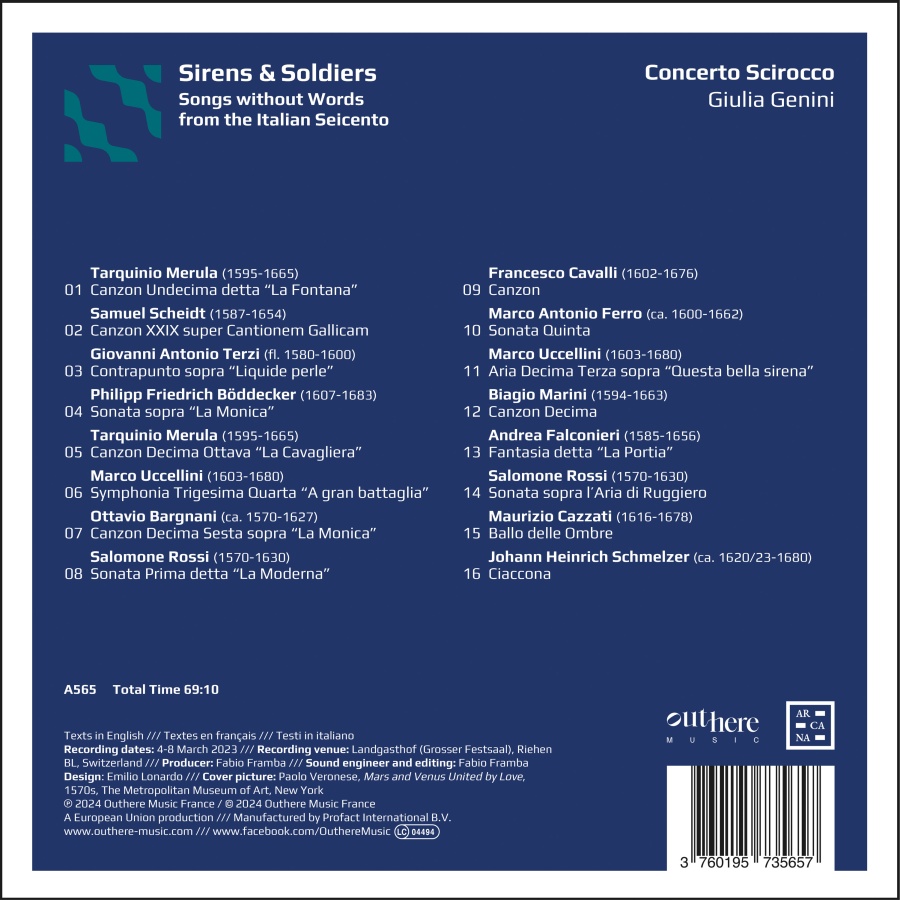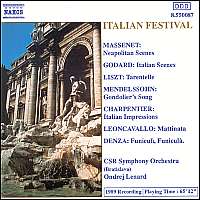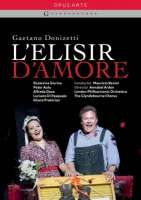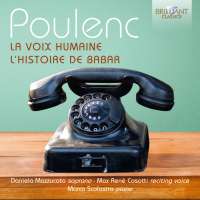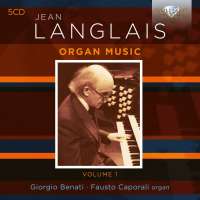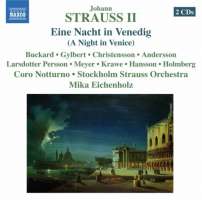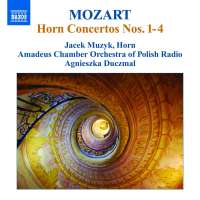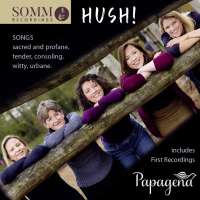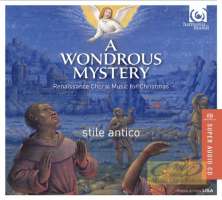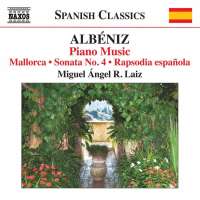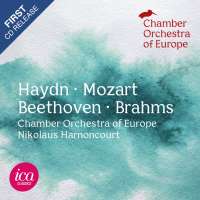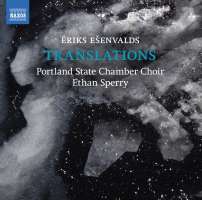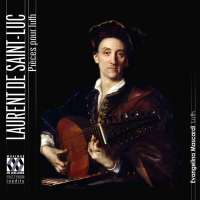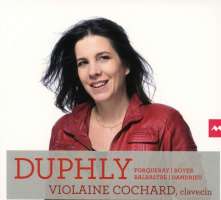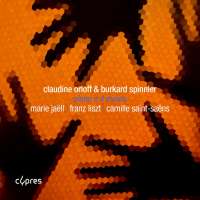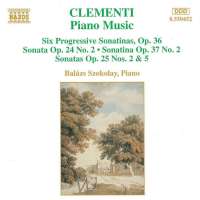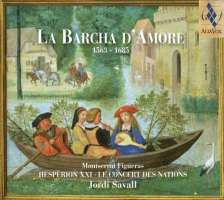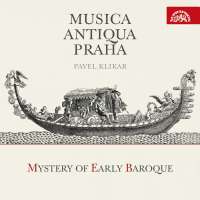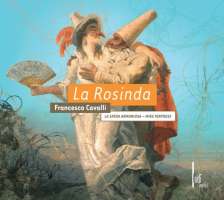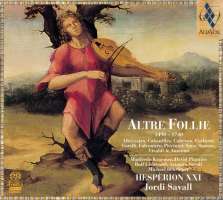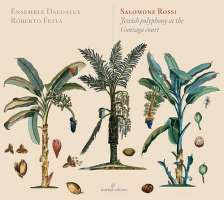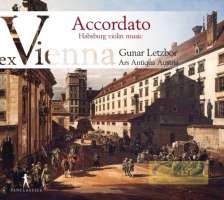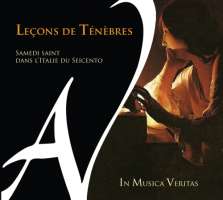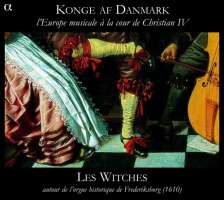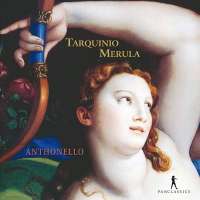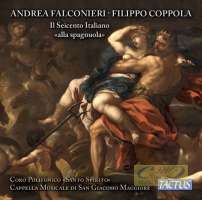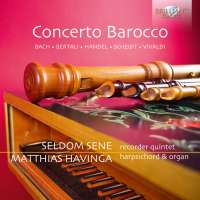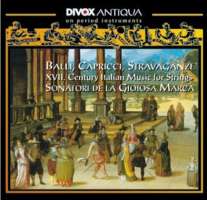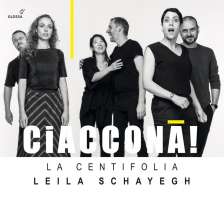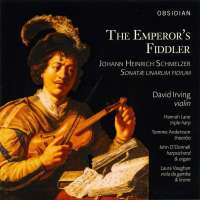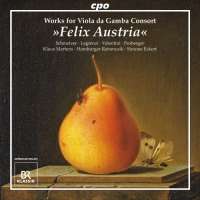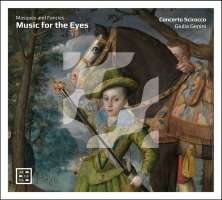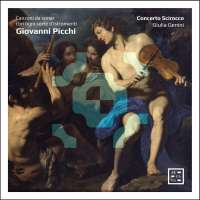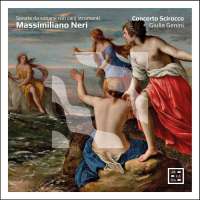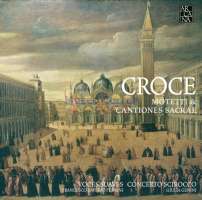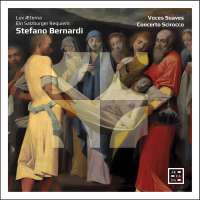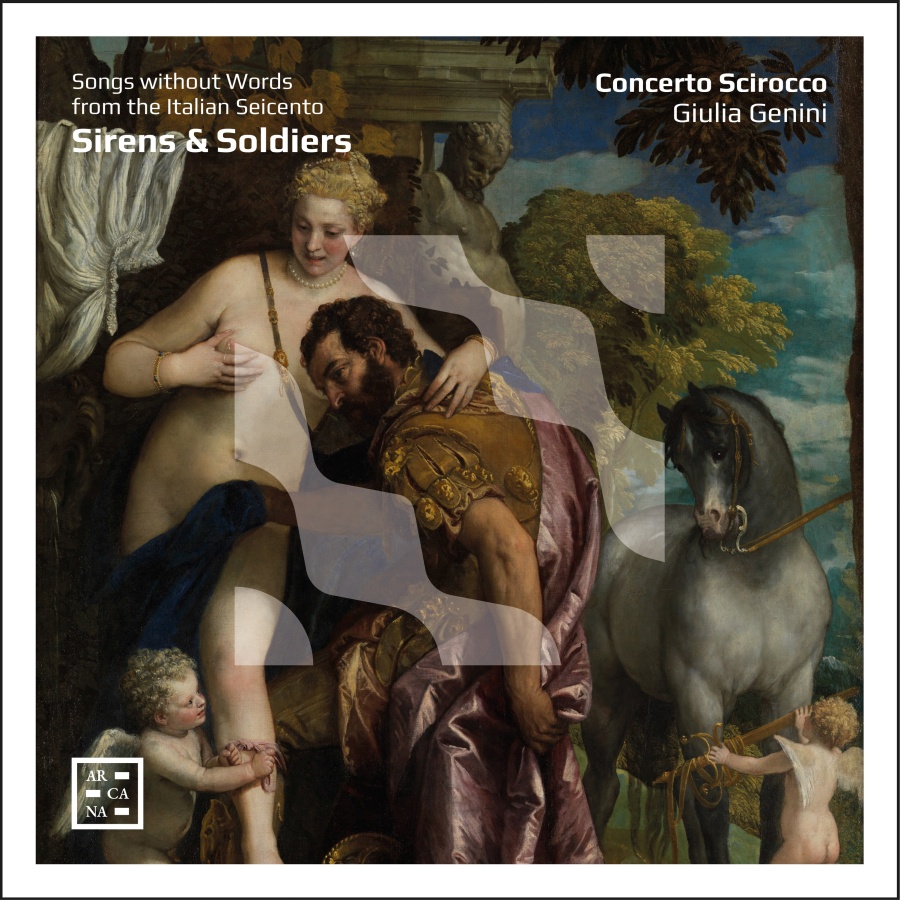
kompozytor
różni kompozytorzy
tytuł
Scirocco: Sirens & Soldiers
pełny spis kompozytorów
Merula, Tarquinio;
Schmelzer, Johann Heinrich;
Cavalli, Francesco;
Falconieri, Andrea;
Rossi, Salomone;
Scheidt, Samuel;
Marini, Biagio;
Uccellini, Marco;
Cazzati, Maurizio;
Böddecker, Philipp Friedrich;
Terzi, Giovanni Antonio;
Bargnani, Ottavio;
Ferro, Marco Antonio
Schmelzer, Johann Heinrich;
Cavalli, Francesco;
Falconieri, Andrea;
Rossi, Salomone;
Scheidt, Samuel;
Marini, Biagio;
Uccellini, Marco;
Cazzati, Maurizio;
Böddecker, Philipp Friedrich;
Terzi, Giovanni Antonio;
Bargnani, Ottavio;
Ferro, Marco Antonio
wykonawcy
Concerto Scirocco;
Genini, Giulia
Genini, Giulia
nr katalogowy
A 565
opis
“Just as the worthy and skilled painter imitates all things created in nature by varying the colours, in the same way you can imitate the expression made by the human voice on a wind and stringed instrument”. This concept, which was explained by Silvestro Ganassi in his Opera intitulata La Fontegara already in 1535, has inspired Concerto Scirocco to seek the maximum expression when interpreting the instrumental music of the 16th and 17th centuries. Hand in hand with the development of the instrumental repertoire, rhetoric became the link between instrument and voice, between imitation and reality. Where words were lacking, composers and instrumentalists used rhetoric to delight listeners just as singers did.
• Tarquinio Merula: Canzon Decima Ottava "La Cavagliera":
• Samuel Scheidt: Canzon XXIX super Cantionem Gallicam:
• Giovanni Antonio Terzi: Contrapunto sopra "Liquide perle":
• Philipp Friedrich Böddecker: Sonata sopra "La Monica":
• Marco Uccellini: Symphonia Trigesima Quarta "A gran battaglia":
• Marco Uccellini: Aria Decima Terza sopra "Questa bella sirena":
• Ottavio Bargnani: Canzon Decima Sesta sopra "La Monica":
• Salomone Rossi: Sonata Prima detta "La Moderna":
• Salomone Rossi: Sonata sopra l'Aria di Ruggiero:
• Francesco Cavalli: Canzon:
• Marco Antonio Ferro: Sonata Quinta:
• Biagio Marini: Canzon Decima:
• Andrea Falconieri: Fantasia detta "La Porta":
• Maurizio Cazzati: Ballo delle Ombre:
• Johann Heinrich Schmelzer: Ciaccona
In this, its fifth, recording, Concerto Scirocco focuses on an early baroque anthology of pieces, “painting in notes” a number of musical portraits full of contrasts: the pulsating rhythm of the battle in the Symphonia “A gran battaglia”, the beguiling mermaids in Marco Uccellini’s Aria sopra “Questa bella Sirena”, or the operatic tension in the Sonata a tre by Francesco Cavalli.
YB: https://youtu.be/0hhNRuuexoI
Works:
•Tarquinio Merula: Canzon Undecima detta "La Fontana":
• Tarquinio Merula: Canzon Decima Ottava "La Cavagliera":
• Samuel Scheidt: Canzon XXIX super Cantionem Gallicam:
• Giovanni Antonio Terzi: Contrapunto sopra "Liquide perle":
• Philipp Friedrich Böddecker: Sonata sopra "La Monica":
• Marco Uccellini: Symphonia Trigesima Quarta "A gran battaglia":
• Marco Uccellini: Aria Decima Terza sopra "Questa bella sirena":
• Ottavio Bargnani: Canzon Decima Sesta sopra "La Monica":
• Salomone Rossi: Sonata Prima detta "La Moderna":
• Salomone Rossi: Sonata sopra l'Aria di Ruggiero:
• Francesco Cavalli: Canzon:
• Marco Antonio Ferro: Sonata Quinta:
• Biagio Marini: Canzon Decima:
• Andrea Falconieri: Fantasia detta "La Porta":
• Maurizio Cazzati: Ballo delle Ombre:
• Johann Heinrich Schmelzer: Ciaccona
nośnik
CD
gatunek
Muzyka klasyczna
producent
Arcana
data wydania
02-09-2024
EAN / kod kreskowy
3760195735657

(Produkt nie został jeszcze oceniony)
cena 79,00 zł
lubProdukt dostepny w niewielkiej ilości.
Wysyłka w ciągu 3 dni roboczych
Darmowa wysyłka dla zamówień powyżej 300 zł!
Darmowy kurier dla zamówień powyżej 500 zł!
sprawdź koszty wysyłki